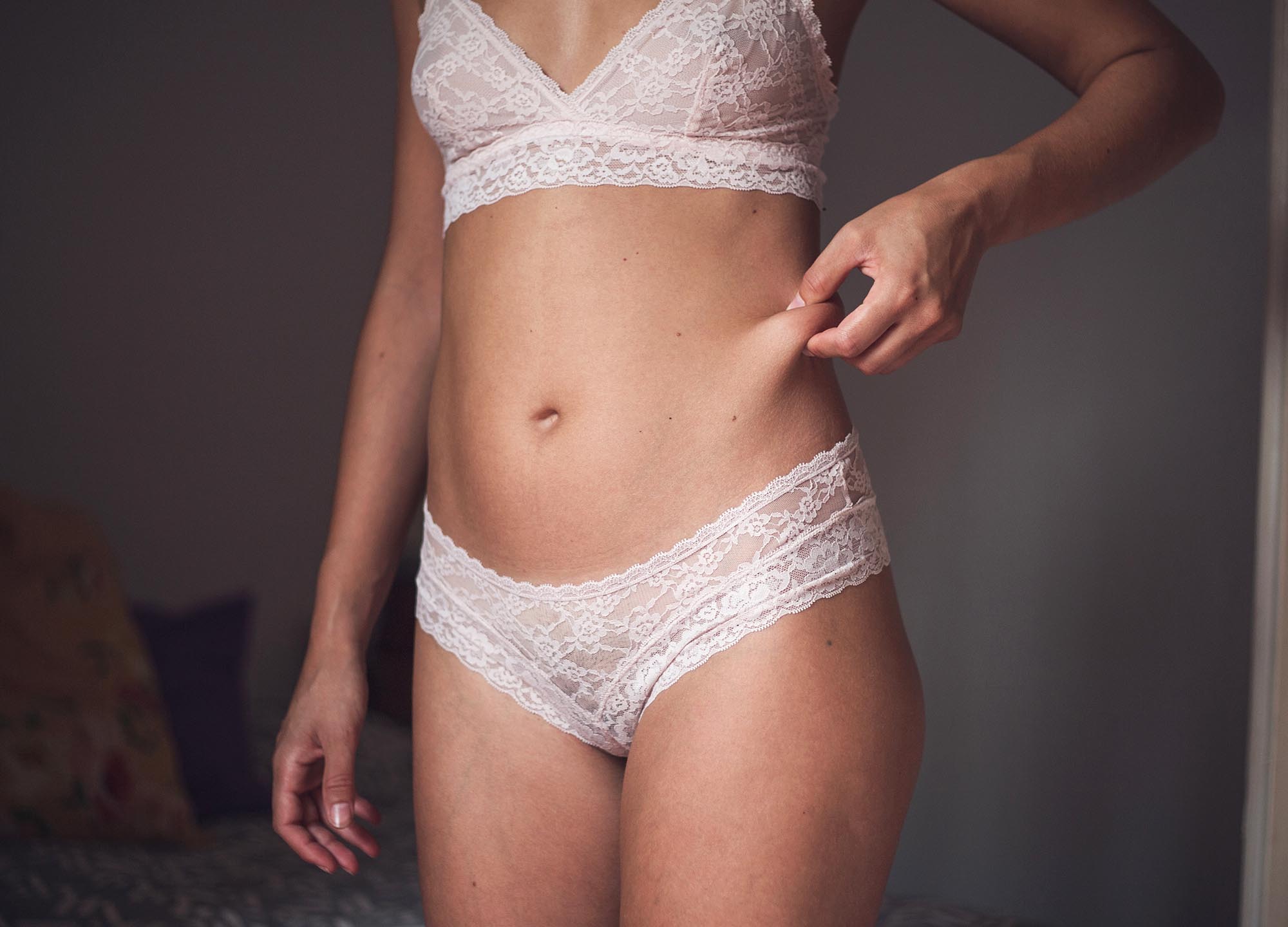There’s arguably no word in the English language that is more loaded—or occupies more of our communal mental real estate—than the F word. Fat has been a topic of conversation for decades and decades. And while the way in which we talk about it continues to shift and evolve, there’s no denying that it remains a constant focus in the aesthetics space. Hence the litany of fat reduction treatments available, ranging from surgical options such as liposuction to noninvasive alternatives such as CoolSculpting, SculpSure, Emsculpt Neo and more. But despite the topic’s pervasive popularity, there are still plenty of common misconceptions. Below, top plastic surgeons share six fat reduction myths they hear time and time again—and explain why they’re so wrong.
1. Liposuction can help you lose weight.
Liposuction is not a weight-loss method. Full stop. “It’s a great way to sculpt and contour the body, not to lose weight,” explains Dr. Steven Wiliams, a board-certified plastic surgeon in Dublin, California. “The first thing I remind patients is that fat itself is relatively light. It’s lighter than muscle, it’s lighter than bone. Taking out a liter of fat during a liposuction procedure correlates to much less weight than they think.” Add to this the fact that during liposuction you’re pumped full of fluids, and many people end up heavier immediately post-lipo than they were before, he says.
2. You can “spot treat” areas of fat with diet and exercise.
The idea of targeted fat burning is another widely perpetuated myth, says Dr. Williams. “You see these ads for ab-blaster machines that claim to give you a flatter tummy, and sure, these devices will strengthen your muscles. But exercising one particular area isn’t going to result in fat loss in that area,” he points out. You can burn calories through exercise or cut calories via your diet and you will lose weight, but you can’t choose where in your body that fat will come off, even if you are targeting a particular spot. “Diet plus exercise is the best way to get rid of fat overall, but it’s not going to sculpt your figure,” adds Dr. Payman Danielpour, a board-certified plastic surgeon in Beverly Hills, California. His other major caveat? Hormonal swings—after pregnancy, post-menopause—can alter where and how your body stores fat and cause even the most impressive diet and exercise attempts to fall flat.
3. Fat won’t come back after it’s removed.
Let’s start with a basic biology lesson. Your body stops producing new fat cells after about the age of 18; when you gain or lose weight, the existing fat cells you have expand or shrink, Dr. Williams explains. People think that if you remove those fat cells (be it via liposuction or something like CoolSculpting), that fat won’t come back. That’s not the case. If you gain weight, your body will find fat cells in which to put excess fat, he says. You may not gain as much weight in the area that was treated, because there are now fewer fat cells there, but you will put it on elsewhere. Point being, undergoing a fat-reduction procedure won’t render future weight increases obsolete.
4. Liposuction is a minor procedure.
“If you see an advertisement for liposuction that you can do in an afternoon under local anesthesia, that’s a problem,” cautions Dr. Danielpour. Major technological advancements in recent years have improved the safety profile and outcome—both doctors we spoke with agree that it’s the gold standard of fat reduction—but this is still a surgical procedure. Only board-certified plastic surgeons should be performing liposuction: “It’s an invasive procedure that, if not performed by the right person, in the right way, on the right candidate, can lead to dangerous complications and lifelong problems,” says Dr. Danielpour. He adds that it’s also very difficult to correct bad lipo.
5. Fat-reduction treatments are a good way to address cellulite.
Fat does play a role in the complicated situation that is cellulite, but at the end of the day, having cellulite is different from having excess fat, says Dr. Danielpour. “If you already have cellulite and take out fat, you’re only going to end up with more rippling and more of a cobblestone appearance.” Picture a grape as opposed to a raisin—removing the volume makes things look worse, he adds.
6. Excess fat is always the culprit.
Dr. Williams says fat often bears the brunt of the blame for a person’s appearance, particularly when it comes to the abdominal area. “People focus on the fat and think fat is bad, but other factors come into play with the abdominal contour. There are the muscles—and potentially, diastasis recti—the fat, and the skin over that fat,” he says. Fat is a component, but it becomes less of a key player as we age and the skin loses elasticity, he adds. Plus if you’re overweight, the skin is inevitably going to sag; as is the case with cellulite, removing that fat is only going to make the skin saggier. For that reason, it’s important to not only address the excess fat but also consider ways to improve skin laxity. Dr. Danielpour agrees, noting that this is where things such as radiofrequency assisted liposuction, skin tightening treatments, or other surgeries, such as tummy tucks, can help. “I have women who’ve had three kids come in and tell me they need lipo when what they really need is a tummy tuck,” he says.











